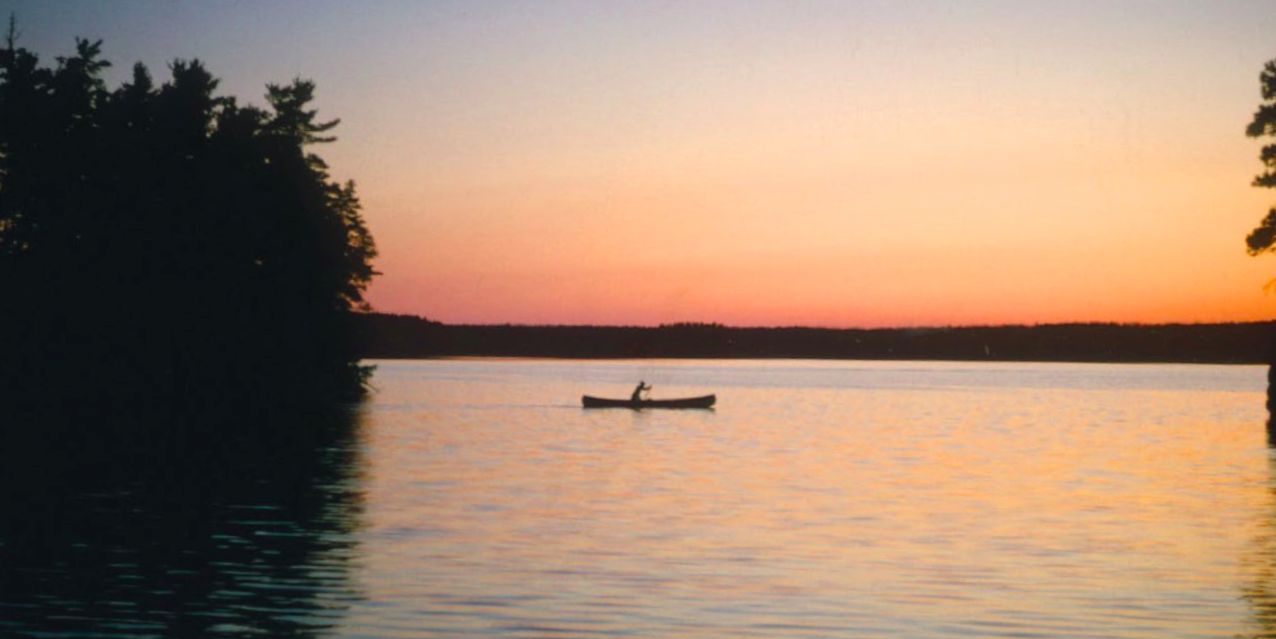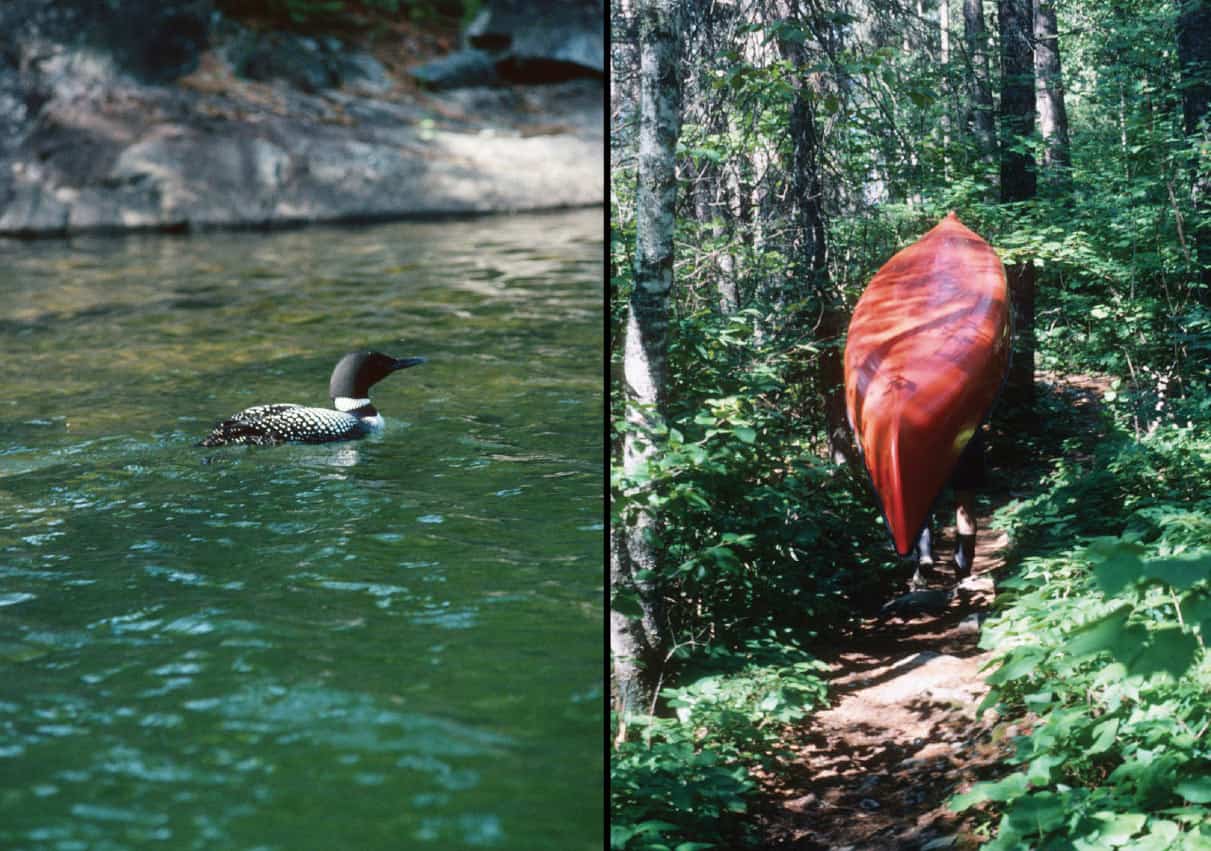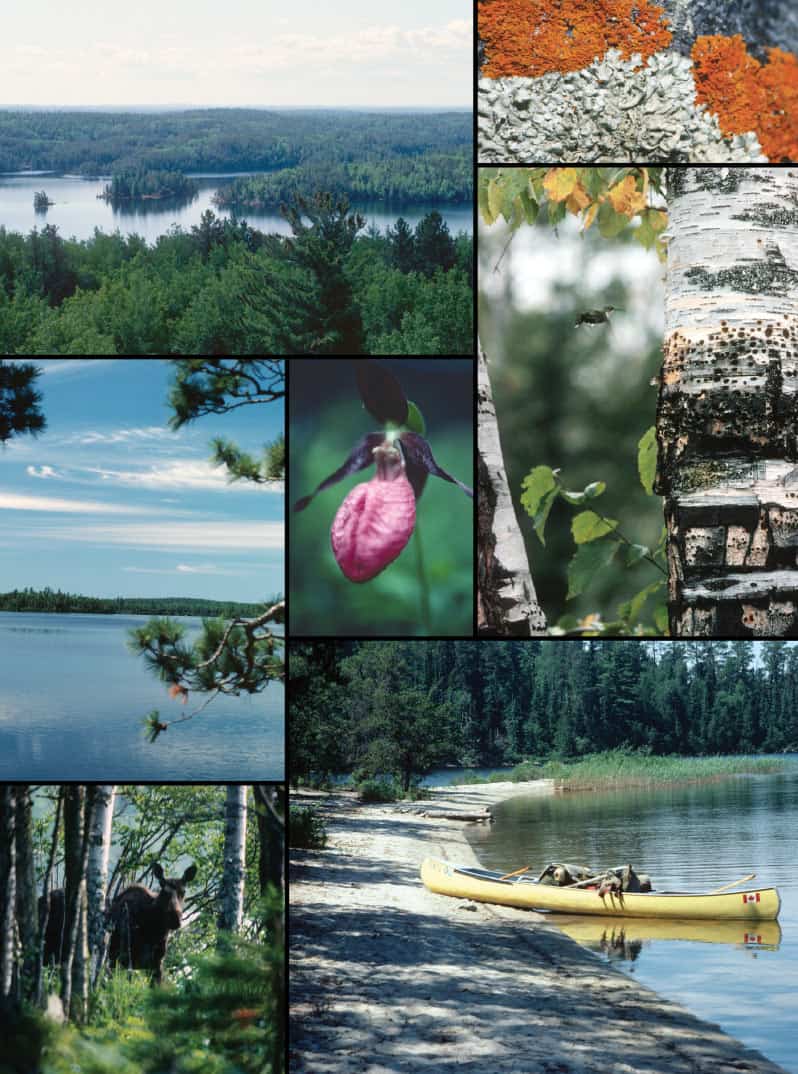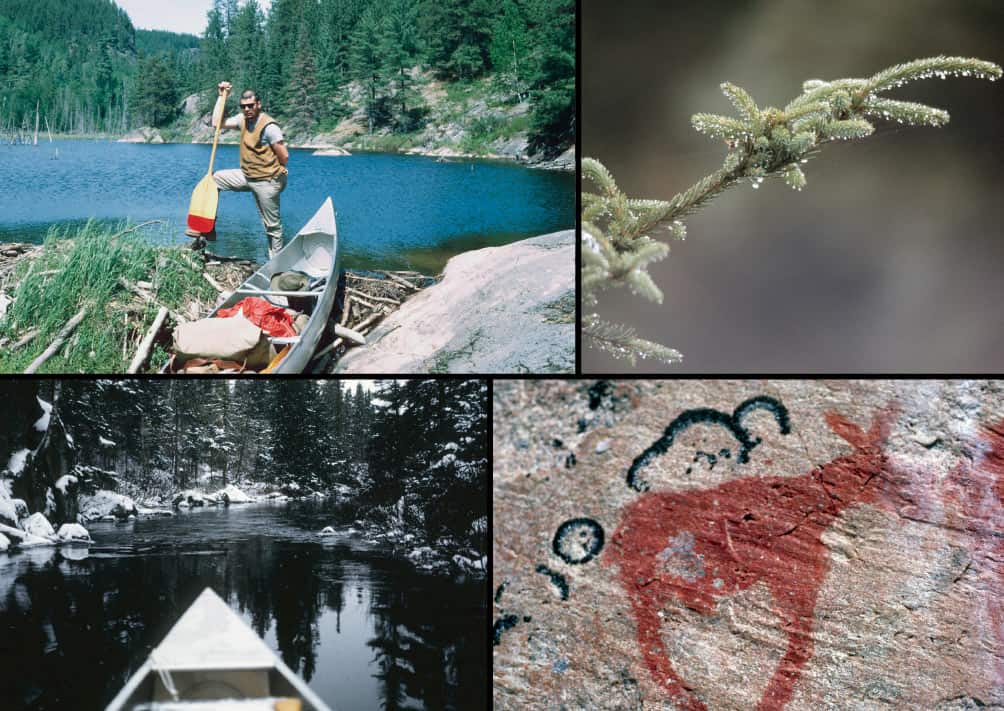
By Bob O’Hara
Today marks the 50th anniversary of the Wilderness Act. Arctic adventurer Bob O’Hara wrote about where his first canoe trips in the BWCAW have taken him over the past 56 years in the summer issue of Wilderness News:
I doubt I fooled my parents much when—in the 1950s, at the age of 13—I hid under the covers with a flashlight reading Sig Olson rather than sleeping. As an environmental writer, Sig was a great wordsmith. he not only loved wilderness, he took you there with him through his stories of traveling northern Minnesota and Canada by canoe. I had only limited exposure to day trip canoeing through scout camp. Sig created a desire in me that I needed to fulfill: visit the region myself.
I did that in 1959, right after I graduated from high school. Three fellow graduates and I took a long ride from Minneapolis to Duluth, followed by a train ride to Ely, MN. We brought our sleeping bags and a homemade tent, and we rented everything else from an outfitter. We were 100% novice to the canoe portion, but were good campers. We traveled for 15 days from Moose Lake back to Shagwa Lake in Ely, and since it was early season, we saw virtually no one except a Canadian ranger. The area hadn’t been declared a wilderness yet, but it was my first true wilderness experience.
We were isolated, but not fearful. We were free of cars, roads, houses, power lines and mechanical noise. We embraced the silence. We marveled at the night sky. We watched wildlife, listened to the loons, ate fresh fish. Learned to read maps and locate portages. And we built fires for cooking.

I have faithfully returned to the boundary waters every year for the past 56 years. For me, time in the wilderness is like a big retreat in nature, where I recharge my batteries, revert to simple times and embrace all elements of nature. It resets my biological clock, and as a guide, I have seen the wilderness do the same for young students. I remember one student who lay out on the Precambrian rock looking at the heavens, and asked, “Why don’t these stars shine at home?”
On the 50th anniversary of the Wilderness Act, it is easy to see how the Act benefited my wilderness experience. It created a geographical boundary, which non-wilderness activity could not cross, and set aside a large landmass of the Superior National Forest for protection as the Boundary Waters Canoe Area (later the Boundary Waters Canoe Area Wilderness).
Things have changed over the years, of course. A permit system helped manage the number of people who wished to travel the area and prohibiting cans and glass bottles helped keep it litter free. Fiberglass toilets keep campsites clean. The popularity of the area means that a wilderness area is not a synonym for unpopulated. For some weeks in summer, finding a campsite is a challenge and there are wait times at portages. That busy time of year is short compared with the rest of the year, but it suggests that wilderness is needed more than ever in today’s fast paced world. It is savored by those who seek it. That is what strikes me most on the anniversary of the Wilderness Act—the attitudes we hold toward wilderness. When the Wilderness Act was passed, the digital world we now embrace had not been foreseen. And while the digital revolution will not change the boundaries of the wilderness, it is changing the mindset of travelers.
The social media mindset of the younger generation is a fabric of their everyday lives. When they go into a wilderness area with the capability of maintaining that contact, it is only natural for them to do so.
Being connected is normal and natural. Announcing to all where you are camping, what you saw, how far you traveled, what is happening… This is the new norm of travel for many.
I have seen it myself. On one trip, I was aware that a companion was using a satellite-tracking device to send messages to his girlfriend. He let her know how he was doing and what was happening. For me, that would spoil the wilderness experience. But with young people today, it’s part of their lifestyle. Technology can cross boundaries, and that has the potential to change the solitude one finds in wilderness. The individual will define solitude, and how much he or she wishes to have.
The digital revolution has also changed some people’s mindset of preparedness. In today’s litigious society, it behooves organized groups to carry some form of digital communication with them. It adds a layer of security, and for many groups the device never comes into play unless there is a genuine emergency. However, it is also easier to call upon first responders to come to your rescue, and when paired with poor plan- ning or inexperience, it can be irresponsible. Rescues use resources and place a burden on surrounding communities, and it’s important to be aware of that.
I am not saying the technological revolution is bad, but it may change the tenor and intent of the way people use the wilderness. Whether or not the digital mindset changes the Wilderness Act itself, it definitely affects how people travel and has the potential to tear down boundaries in a different way. For some, the music of nature may be replaced by an electronic beep. I prefer the peaceful experience of being away from the trappings of modern society. The sounds of nature are what fill my soul, and the Wilderness Act provided a place for me to recharge. Sig Olson so aptly described that over 50 years ago and it still rings true for me today.
As we look forward to the next 50 years of the Wilderness Act, let’s remember that wilderness is shaped by more than boundaries and rules. It is shaped by the attitudes we bring to it and the way we travel while we’re there.
Editor’s Note: Bob O’Hara has been an educator all of his adult life working with high school kids in science and coaching after school sports activities like Nordic skiing and track. He currently officiates in four sports from August through June. From 1969 through 2014 he has spent most of his summer months roaming by canoe the rivers, streams and connecting lakes far north of the 60th Parallel. He has mentored many young men and women paddlers on the finer points of arctic exploration and travel. In 1978 he was honored with induction into the New York Explorer’s Club. His love for the wilderness and wild places began in the BWCAW but has no boundaries; his canoe travel has taken him across Manitoba, Nunavut, the Northwest Territories, Quebec and Alaska. He has paddled across all of Finland from Russia to Baltic Sea. And, has ocean paddled on Hudson Bay from Wager Bay to Repulse Bay. 2014 marks the 56th consecutive year that Bob O’Hara has paddled in the BWCAW and Quetico wilderness.
Read more in Wilderness News Summer 2014 issue.



